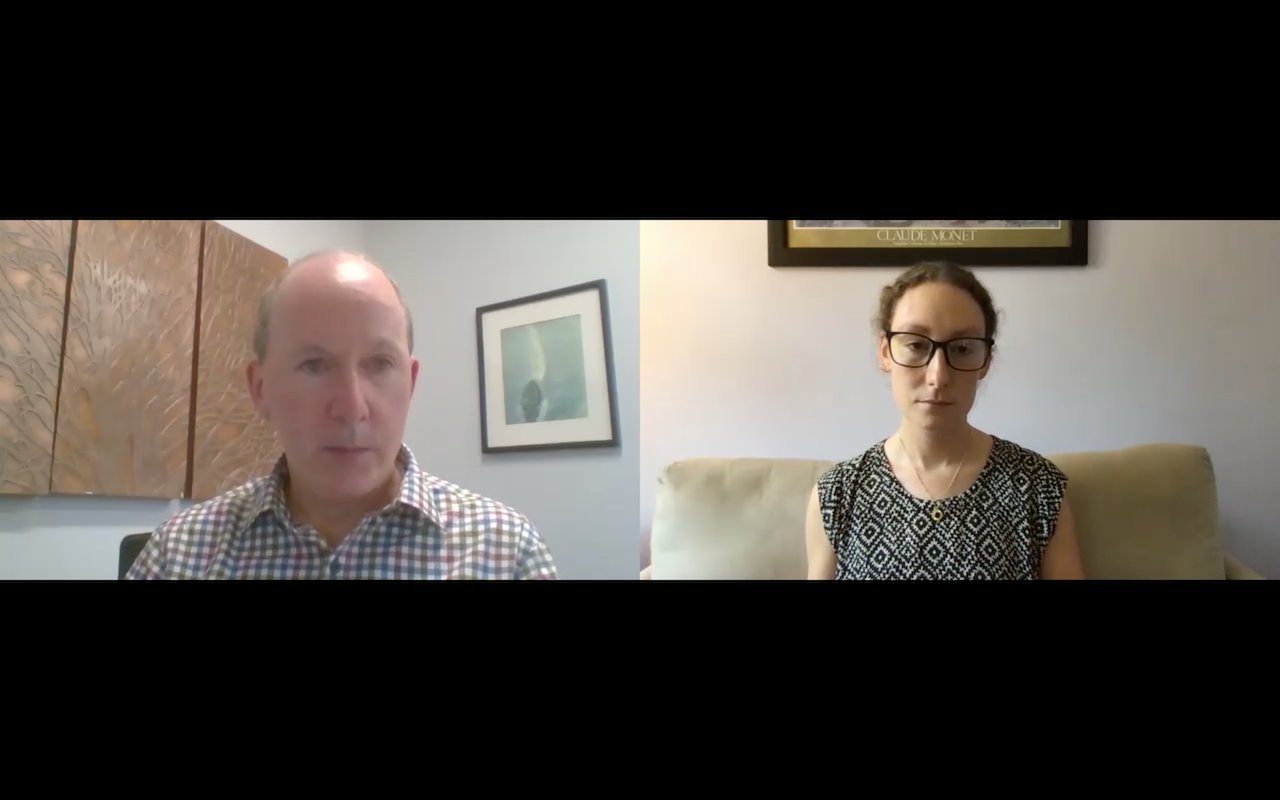Article
Study Assesses Association Between Migraine and Allergies in Children
Author(s):
The average duration of a migraine was found to be independent from the presence of allergy, as well as the frequency of the cephalalgy attacks, and the localization of the pain.
Adults and children often experience migraine and allergies; however, the connection between migraine and respiratory allergies are unknown. A recent study aimed to evaluate the relationship between respiratory allergy and cephalalgic migraine in children.
The study involved a questionnaire completed by 800 pediatric patients, with the help of parents, which was intended to assess the presence of headache and to analyze its characteristics. Of the 800 questionnaires completed, 96 pediatric patients demonstrated that they suffer from headache with a positive anamnesis for cephalalgic symptoms.
“Prevalence of migraine in pediatric population ranges from 3.3% to 21.4%; it is higher in females and it increases from childhood to adolescence,” the study stated. “Both headaches and allergies are common in children and teenagers and they can cause significant distress and disability for young patients and their families.”
The 96 patients with headaches were screened for the presence of allergy with prick tests, followed by a standard diagnostic procedure. Of the 96 patients, 67 were found to suffer from both headache and allergy. The researchers observed that there was a significant and positive correlation between allergy and headache onset in the morning, while those who did not suffer from allergy showed a significant correlation with headache in the evening.
Furthermore, the average duration of a headache attack was found to be independent from the presence of allergy, as well as the frequency of the cephalalgy attacks, and the localization of the pain. The symptoms reported to be connected with headache included dizziness, aurea, sparkling scotoma, nausea, and vomiting—which were all associated with absence of allergy.
“For an effective diagnostic and therapeutic approach to migraine, the pediatrician should take into account atopy and its related allergic manifestations,” wrote the researchers. “Therefore, not only should the pediatrician investigate cephalalgic common triggers, but sneezing, asthma, atopy familiarity, nasal discharge, nasal patency as well, requesting also an otolaryngologist or allergist consult if necessary.”
The researchers also noted a relationship between being female and headache onset, but this correlation was found among teenagers only. Children with migraine also had an increased risk of school performance impairment. As for medication, the study found that paracetamol or FANS were used in the majority of cases. Antihistaminic therapy and nasal topical sprays were also reported to be used.
The study emphasized the need for further studies in order to address the association and putative mechanisms of migraine and allergies in children.
Reference:
Passali F, Spinosi M, Mignacco, G, et al. Influence of allergic rhinitis inchildren and adolscents with recurrent headache [published online April 30, 2018]. Otolaryngol Pol. doi: 10.5604/01.3001.0011.7252.

Update on Migraine Patient Care Challenges During the Pandemic

CGRP Inhibitors: A Promising New Class of Drugs for Migraine






